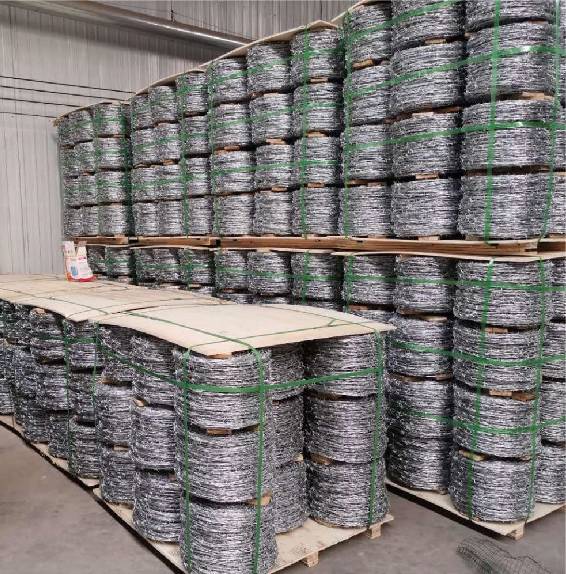Differences Between Common Nails and Box Nails You Should Know
Common Nails vs. Box Nails A Comprehensive Guide
When it comes to construction and woodworking, the choice of fasteners is crucial for the integrity and longevity of any project. Among the most frequently used types of nails are common nails and box nails. Although they may appear similar at first glance, they serve different purposes and have distinct characteristics that make them suitable for various applications. In this article, we will delve deeper into the properties, advantages, and ideal uses of common nails and box nails.
Common Nails The Versatile Workhorse
Common nails are perhaps the most recognizable type of nail. They are often characterized by their thick shank, large heads, and a smooth or slightly textured surface. Common nails are available in a range of lengths and diameters, making them highly versatile for various purposes.
Characteristics
1. Thickness and Strength Common nails are designed to be sturdy, capable of holding heavy materials together. Their thicker shank provides better tensile strength, making them ideal for heavy-duty applications. 2. Head Size The larger head of a common nail helps to prevent it from being driven too far into the material, reducing the risk of splitting the wood. This feature is particularly beneficial when working with softer woods.
3. Applications Common nails are perfect for framing, roofing, and other structural work. They are often used in construction for tasks that require reliable holding power, such as building frames for houses, decks, and large furniture pieces.
Advantages
- Durability Due to their strength and robustness, common nails can withstand significant loads and stresses, making them long-lasting. - Ease of Use Common nails are easier to drive into thick materials due to their sturdy design, which makes them a favorite among builders and woodworkers.
Box Nails The Specialty Fastener
Box nails, on the other hand, are specifically designed for use in thinner materials, making them a popular choice for box construction, cabinetry, and other delicate woodworking tasks. They have a slim profile, smaller heads, and are often slightly longer than their common counterparts.
Characteristics
common vs box nails

1. Profile Box nails have a thinner shank compared to common nails, which allows for less material disruption when being driven into the wood. This feature minimizes the risk of splitting, particularly in softer woods.
2. Head Size The smaller head of a box nail allows for a more discreet finish, which is particularly important in applications where aesthetics are a concern, such as in furniture making or detailed cabinetry.
3. Applications Box nails are best suited for lighter construction, such as assembling wooden boxes, interior finishing, or any project where a clean and less obtrusive nail head is desired.
Advantages
- Minimal Splitting Their thinner profile helps reduce the chance of wood splitting, especially when used on delicate materials. - Aesthetic Appeal The smaller head enables a more seamless finish, making it less noticeable in projects where appearance matters.
Choosing the Right Nail for Your Project
When choosing between common nails and box nails, consider the following factors
1. Material Thickness If you are working with thick materials that require greater strength, common nails are the better choice. Conversely, for thinner materials or delicate projects, box nails are more suitable.
2. Application Purpose Assess whether the project is structural or non-structural. For framing and heavy-duty applications, common nails are ideal, while box nails work best for interior details and lighter constructions.
3. Aesthetic Requirements If the finish of the project is important, especially in visible areas, opt for box nails to minimize the appearance of fasteners.
In conclusion, both common nails and box nails have their unique qualities that cater to specific woodworking and construction needs. Understanding the differences between these two types of nails will empower you to make informed decisions for your projects, ensuring durability, strength, and aesthetic appeal. Whether you are framing a house or constructing a delicate piece of furniture, having the right fastener is essential to achieving the best possible results.
-
Space-Saving Chain Fence Hacks Vertical Gardening with Cyclone MeshNewsJul.16,2025
-
Innovations in Iron Nail Wire Production for Modern ConstructionNewsJul.16,2025
-
Creative Uses of Wire Netting Fence in Modern Landscape DesignNewsJul.16,2025
-
Barbed Wire Fence Innovations in Anti-Climb TechnologyNewsJul.16,2025
-
Architectural Uses of Umbrella Nails for Aesthetic Roof DesignsNewsJul.16,2025
-
Architectural Uses of Razor Barbed Wire in Secure Urban DesignNewsJul.16,2025




